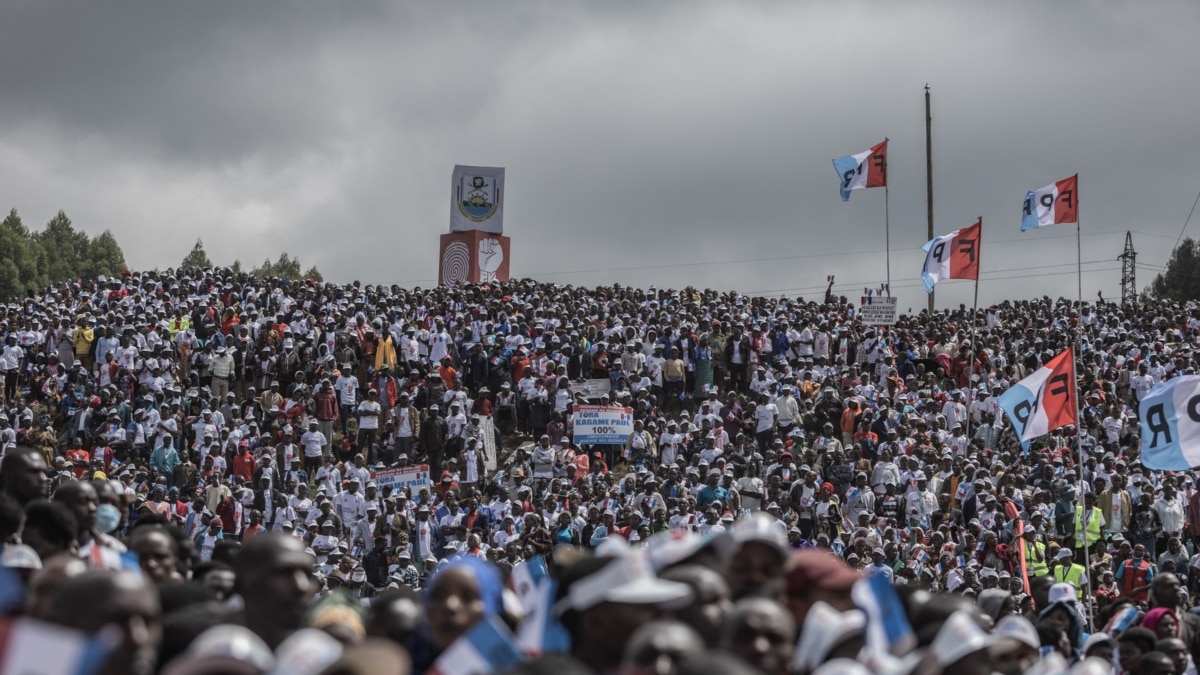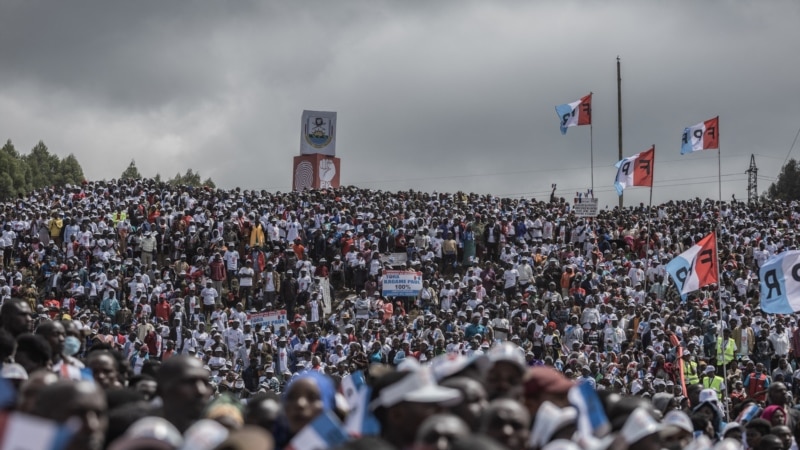AI helps expose AI-generated disinformation in Rwandan presidential campaign

Rwanda is approaching a finish line in the race for the mid-July presidential elections, with incumbent President Paul Kagame expected to win his fourth term after ruling this central African nation since 2000. Kagame’s ruling party, the Rwandan Patriotic Front, or RPF, is credited with rebuilding the country after the 1994 genocide.
Critics, however, accuse Kagame of securing the win by blocking the opposition candidates from running against him and using generative Artificial Intelligence to silence his critics.
Human Rights Watch said that in the past, Kagame dealt with dissent by using such methods as “extrajudicial killings, enforced disappearances, torture, political prosecutions, and unlawful detention, as well as threats, intimidation, harassment, and physical surveillance.”
Most recently, Kagame threatened to launch a war against neighboring Congo when its president, Felix Tshisekedi, suggested that the International Criminal Court should try Kagame for organizing the genocide of Congolese Tutsis and for supporting the M23 militant group.
The United States and the United Nations also accuse Kagame of providing military backing to M23 rebels. In 2013, the U.S. sanctioned M23 for widespread human rights abuses.
To address the criticism and justify another term in the office, Kagame’s government has launched a coordinated online campaign that uses Artificial Intelligence to generate and spread political propaganda, South Carolina’s Clemson University Media Forensics Hub reported on June 20.
The Media Forensics Hub said its findings show that since January 2024, at least 464 X accounts shared 650,000 posts using AI through the integration of large-language models and AI-generated imagery.
While pushing five different propaganda narratives, the campaign directed 52% of its content at the Congo conflict, 16% at fighting the Kagame critics, and the rest boasting of Kagame’s successes and accomplishments.
On Congo, AI-generated posts called to action using hashtags that call for peace through unilateral disarmament. The hashtag #DisarmFDLR was the most referenced, used in over 145,000 separate posts.
Another strategy aimed at influencing discussions targeting individuals associated with the Congolese forces, including Tshisekedi.
“Of the top twenty most cited hashtags, seven directly implicated President Tshisekedi, including #TshisekediFDLR, #TshisekediCriminel, #TshisekediAgainstPeace, and #TshisekediIsKilling. These efforts involved repetitive AI-generated posts and generated images aimed at promoting Tshisekedi’ complicity,” the report said.
The Media Forensics Hub exposed Rwandan use of AI after ChatGPT, the Open AI deep learning language model, leaked some of the messages it had been asked to generate on X.
Kagame is an avid supporter of AI technologies. In 2020, he established a technology center in Rwanda called the Centre for the Fourth Industrial Revolution Rwanda (C4IR). The primary focus of C4IR’s work is “artificial intelligence (AI), machine learning, and data governance,” the government announcement said.
On May 28, Forbidden Stories, a Paris-based international journalism network, investigated Rwanda’s use of coordinated social media accounts for online propaganda and harassment, including the use of Pegasus software to track down Kagame’s critics and political opponents.
The research suggested that Rwanda developed a system of surveillance and repression, even carrying out assassinations against members of its diaspora in Europe and Africa.
Kagame’s government denied allegations.
The recent AI propaganda campaign on X paints Congolese leaders as the sole perpetrators of the conflict with Rwanda, the Media Forensics Hub found.
But the U.N. Group of Experts said in a December 15 report that Rwandan Defense Forces train M23 and fight alongside its militants on battlefields inside Congo.
The U.N. experts obtained aerial footage and photographic evidence of the Rwandan Defense Force’s direct intervention and reinforcement of troops inside Congo.
On February 17, The U.S. State Department condemned the Rwandan government for supporting M23 and called on it to “immediately withdraw all Rwanda Defense Force personnel from [Congo] and remove its surface-to-air missile systems.”
Kagame responded by claiming that the M23 rebels are fighting to defend the minority Tutsis of Rwandan origin who live in Congo, although he has denied Rwanda’s military presence in Congo.



